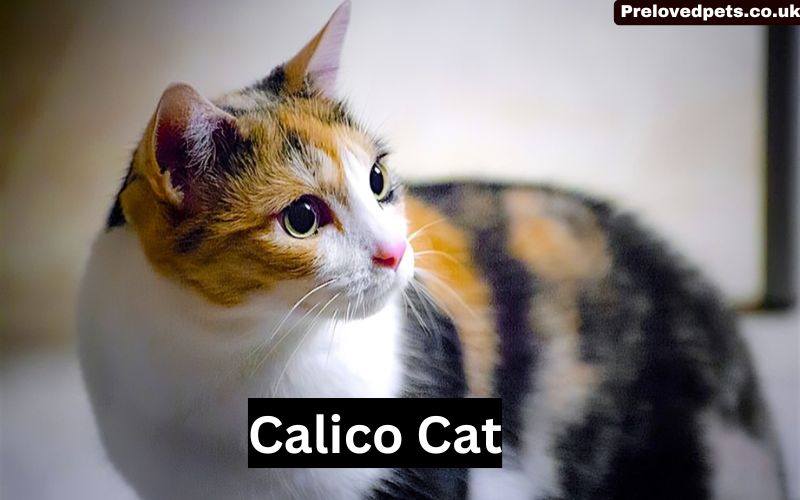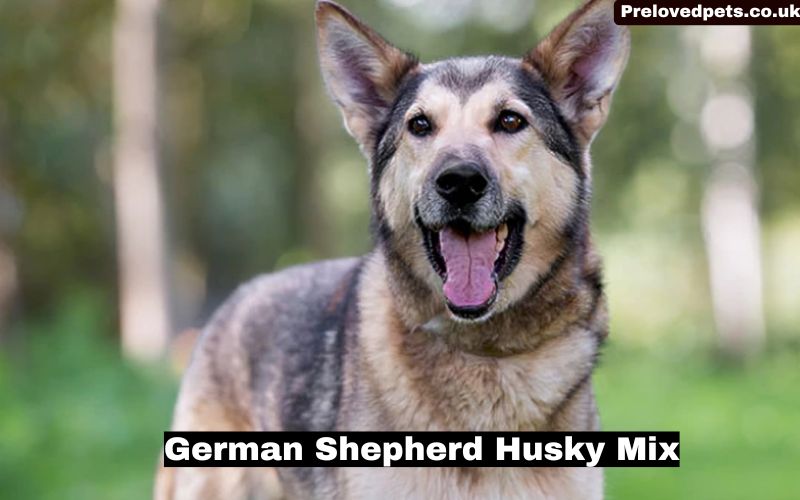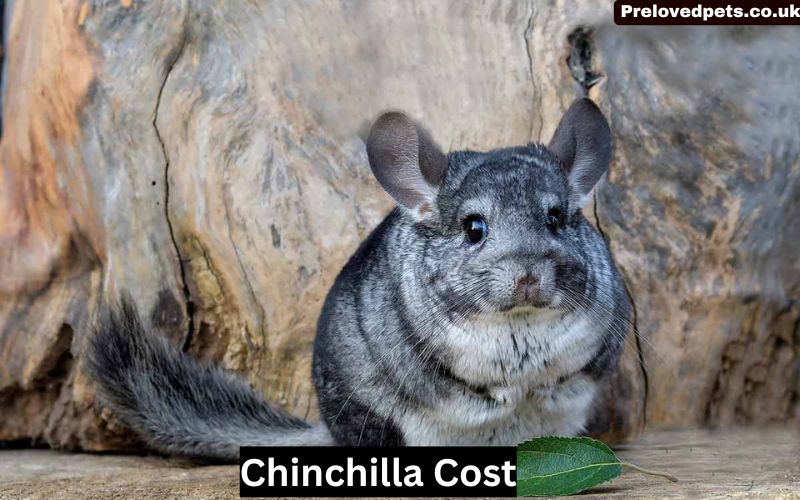Calico cats are celebrated for their stunning and unique fur patterns, which have captured the admiration of cat enthusiasts worldwide. These cats are not a breed but rather a coat pattern characterized by a tri-color combination of white, black, and orange (or their diluted versions). This comprehensive guide explores the rich history, genetics, care requirements, behavior, and more aspects of Calico cats, providing an in-depth look at these captivating felines.
The History and Origins of Calico Cats
The Genetic Foundation
The Calico coat pattern is a result of genetic factors tied to the X chromosomes in cats. Female cats have two X chromosomes (XX), while male cats have one X and one Y chromosome (XY). The genes responsible for the black and orange (or gray and cream) colors are located on the X chromosomes. For a Calico pattern to emerge, a cat needs two X chromosomes with the respective color genes. Males, having only one X chromosome, cannot exhibit the full Calico pattern unless they have a genetic anomaly, such as Klinefelter syndrome, which causes them to have an extra X chromosome.
Historical Context and Cultural Significance
The term “Calico” is derived from the fabric of the same name, which originated from Calicut (now Kozhikode) in India. The Calico fabric was known for its colorful patterns, which were similar to the fur patterns seen in Calico cats. This association led to the naming of the cat pattern.
Calico cats have appeared in various cultures and historical contexts, often associated with good fortune and prosperity. In ancient Egypt, cats were revered and often depicted in art, though specific references to Calico patterns are less common. In Japanese culture, Calico cats are considered lucky and are symbolized by the Maneki-neko (beckoning cat) figurine, which is often seen in the Calico pattern.
Genetic Variations and Coat Patterns
Classic Calico
The Classic Calico cat features a vibrant tri-color pattern of white, black, and orange fur. The distribution of these colors can vary widely. The black and orange patches are often irregular and spread out, creating a patchwork effect over a predominantly white coat. This pattern is not uniform, making each Calico cat’s appearance unique.
Dilute Calico
Dilute Calico cats present a softer, more pastel version of the Classic Calico pattern. Instead of black and orange, the dilute colors are gray (diluted black) and cream (diluted orange), along with white. The diluted colors blend more subtly, giving the coat a softer, more muted appearance.
Tortoiseshell and Calico
The Tortoiseshell (or Tortie) pattern is often confused with Calico. Tortoiseshell cats have a mix of black and orange fur without the white patches seen in Calicos. When a Tortoiseshell cat has white patches, it becomes a Calico. Therefore, all Calico cats are technically Tortoiseshells, but not all Tortoiseshells are Calicos.
Other Variations
- Calico Tabby: This variation combines the Calico pattern with tabby stripes, adding a striped texture to the traditional Calico colors. The stripes can be subtle or more pronounced, depending on the individual cat.
- Calico Point: Seen in Siamese cats, the Calico Point pattern includes the traditional Calico colors with point coloration on the extremities (ears, paws, tail). This results in a combination of the Calico pattern with the distinctive color points of the Siamese breed.
Personality and Behavior Traits
Strong-Willed and Independent
Calico cats are often described as strong-willed and independent. Their assertive nature can sometimes be mistaken for aloofness. They are known for their self-confidence and may prefer to explore and make decisions on their own. This independence is a trait seen in many cats, but Calicos often exhibit it more prominently.
Playful and Energetic
Calico cats are typically very playful and energetic. They enjoy interactive toys, climbing structures, and games that challenge their agility and intellect. Providing them with a variety of stimulating activities is crucial for their mental and physical well-being.
Affectionate and Loyal
Despite their independent streak, many Calico cats are affectionate and loyal to their owners. They form strong bonds with their human companions and may seek attention and companionship. Their affectionate nature often manifests in purring, head-butting, and snuggling.
Vocalization
Calico cats can be more vocal than other breeds. They use a range of sounds to communicate their needs and desires, including meows, purrs, and chirps. This vocalization is a way for them to interact with their owners and express their emotions.
Health and Care
Regular Veterinary Check-ups
Regular veterinary visits are essential for maintaining your Calico cat’s health. Routine check-ups allow for early detection of potential health issues and ensure that your cat receives necessary vaccinations and preventive care. Regular dental check-ups are also important, as dental health can impact overall well-being.
Grooming
Calico cats, with their medium to long fur, require regular grooming to keep their coats in optimal condition. Brushing your Calico cat’s fur several times a week helps prevent matting and reduces shedding. It also helps to minimize hairballs and keeps their coat shiny and healthy.
Diet and Nutrition
A balanced diet is crucial for the health of your Calico cat. High-quality cat food that meets their nutritional needs supports their overall health. Ensure that the diet includes appropriate amounts of protein, fats, and essential nutrients. Consult with your veterinarian to determine the best diet for your cat’s specific needs, considering factors such as age, health status, and activity level.
Exercise and Enrichment
Calico cats are active and enjoy engaging in physical activities. Providing them with opportunities for exercise and mental stimulation is important for their well-being. Interactive toys, scratching posts, climbing trees, and puzzle feeders can keep your Calico entertained and prevent boredom.
Common Health Issues
While the Calico pattern itself does not cause health problems, the underlying breed characteristics may contribute to specific health concerns. Common health issues in cats can include obesity, dental problems, and various genetic conditions. Regular veterinary care, a balanced diet, and a healthy lifestyle can help manage and prevent these issues.
Breeds That Often Have Calico Patterns
Domestic Shorthair
Domestic Shorthair cats are the most common breed to display Calico patterns. They are a diverse group with a wide range of coat colors and patterns. Domestic Shorthairs are not a specific breed but rather a category of cats with mixed ancestry, often resulting in unique and varied appearances.
Maine Coon
The Maine Coon is one of the largest domestic cat breeds and is known for its friendly and sociable nature. Maine Coons can have Calico patterns, which add to their impressive appearance. Their long, shaggy fur requires regular grooming, and their playful and affectionate nature makes them popular among cat owners.
Persian
Persian cats are renowned for their luxurious long fur and distinctive flat faces. They can also come in Calico patterns, which adds to their elegant appearance. Persians require regular grooming to maintain their coats and may have specific health considerations related to their brachycephalic (flat-faced) structure.
British Shorthair
British Shorthair cats are known for their round faces, dense coats, and sturdy bodies. They can also exhibit Calico patterns. British Shorthairs are generally low-maintenance and have a calm and affectionate temperament, making them excellent companions.
Siamese
Siamese cats, with their sleek bodies and striking blue eyes, can exhibit Calico Point patterns. This combination of the Siamese point coloration with Calico colors results in a unique and visually appealing appearance. Siamese cats are known for their vocal and social nature, often forming strong bonds with their human companions.
Living with a Calico Cat
Understanding Their Needs
Living with a Calico cat involves understanding and respecting their individual needs and preferences. Each Calico cat is unique, and their personalities can vary widely. Some may enjoy a quiet environment, while others thrive in more active households. Observing and adapting to your cat’s preferences will help create a harmonious living situation.
Providing Mental Stimulation
Calico cats are intelligent and curious, requiring mental stimulation to stay engaged and happy. Interactive toys, puzzle feeders, and activities that challenge their problem-solving skills are important. Regular playtime and opportunities for exploration can help keep your Calico mentally and physically stimulated.
Building a Bond
Building a strong bond with your Calico cat involves spending quality time together and understanding their unique personality. Positive reinforcement, such as treats and affection, can help strengthen your relationship. Engaging in activities that your cat enjoys and providing a comfortable environment will enhance your bond.
Addressing Behavioral Issues
If you encounter behavioral issues with your Calico cat, such as scratching, aggression, or litter box problems, it’s important to address them promptly. Understanding the underlying cause of the behavior and seeking advice from a veterinarian or animal behaviorist can help resolve the issue. Behavioral problems are often manageable with appropriate intervention and adjustments to the cat’s environment.
Adoption and Rescue
Adopting a Calico Cat
Adopting a Calico cat from a shelter or rescue organization is a wonderful way to provide a loving home to a cat in need. Many Calico cats are available for adoption, and shelters often have detailed information about their personalities and needs. Consider visiting local shelters or rescue groups to find a Calico cat that matches your lifestyle and preferences.
Rescue Organizations
Several rescue organizations specialize in finding homes for cats of all types, including Calico cats. These organizations often provide medical care, socialization, and behavioral support to cats in their care. By adopting from a rescue organization, you are not only giving a cat a second chance but also supporting efforts to reduce pet overpopulation and improve the welfare of animals.
The Impact of Calico Cats on Popular Culture
Literature and Media
Calico cats have made appearances in various forms of literature and media. They are often portrayed as charming and enigmatic characters, adding to their allure. Books, movies, and television shows featuring Calico cats often highlight their distinctive appearance and unique personalities.
Art and Symbolism
Calico cats have been depicted in various art forms, including paintings, sculptures, and illustrations. Their vibrant colors and distinctive patterns make them popular subjects in art. In addition to their visual appeal, Calico cats are often associated with positive attributes such as good luck and prosperity.
Online Communities
The internet has provided a platform for Calico cat enthusiasts to share their love for these unique felines. Online communities, social media groups, and forums dedicated to Calico cats allow owners to connect, share stories, and exchange information about their pets. These platforms also help raise awareness about Calico cats and promote their adoption.
Future Trends and Research
Advances in Veterinary Care
Advances in veterinary care continue to improve the health and well-being of cats, including Calicos. Research into feline genetics, disease prevention, and treatment options contributes to better care for all cats. Staying informed about the latest developments in veterinary medicine can help ensure that your Calico cat receives the best possible care.
Genetic Research
Ongoing research into feline genetics may provide further insights into the factors influencing Calico patterns and associated health conditions. Understanding the genetic basis of Calico patterns can lead to more accurate predictions of potential health issues and better breeding practices.
Conservation and Welfare
Efforts to promote animal welfare and conservation include initiatives to protect feral and stray cat populations. Supporting organizations that focus on spaying and neutering, as well as improving the welfare of cats in shelters, can help reduce the number of homeless cats and ensure that all cats, including Calicos, receive the care they need.
See Also: Velcro Dog Breeds
Conclusion
Calico cats are a captivating and beautiful part of the feline world. Their striking appearance, unique genetic makeup, and diverse personalities make them a beloved choice for many cat enthusiasts. Understanding their history, genetics, and care requirements allows owners to provide the best possible environment for their Calico companions. Whether you’re a seasoned cat owner or considering adopting a Calico cat, embracing their unique qualities and meeting their needs will undoubtedly enrich your life and the life of your feline friend.




